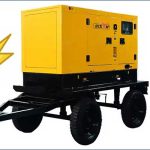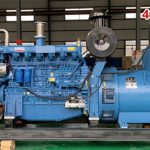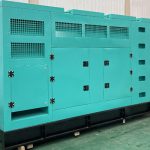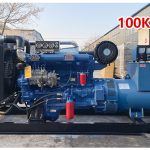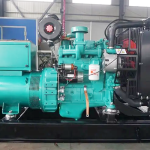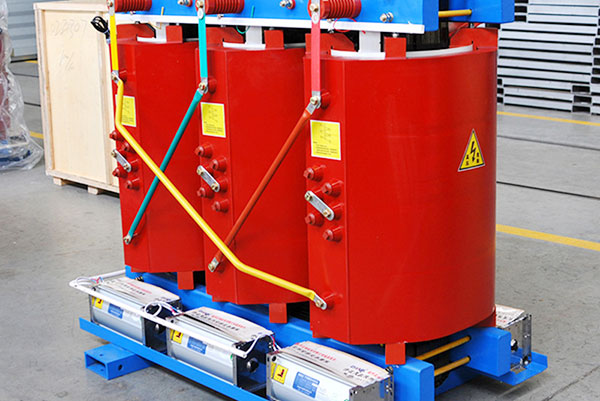The Dry-type transformer maximum capacity refers to the maximum power it can carry. This capacity depends on the design and manufacture of the transformer, as well as the required voltage conversion ratio. Generally speaking, the maximum capacity of dry-type transformers can range from a few kilowatts to hundreds of megawatts.
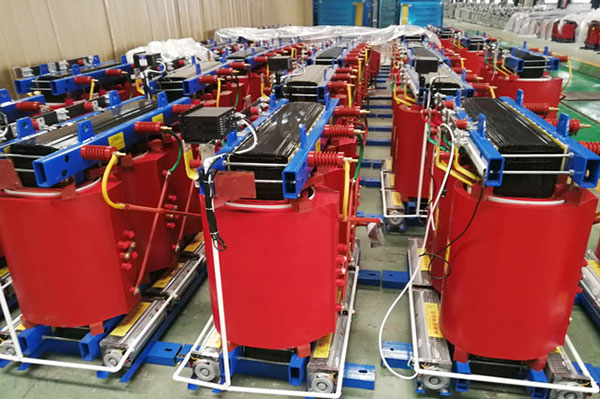
To determine the maximum capacity of a dry-type transformer, the following factors need to be considered:
Temperature rise: The dry-type transformer will generate a certain amount of heat during operation, which will cause the temperature to rise. If the temperature is too high, it will negatively affect the performance and life of the transformer. Therefore, it is necessary to ensure that the temperature rise of the transformer under rated load does not exceed the specified limit.
Insulation: The insulation properties of dry-type transformers are very important as they are often used in indoor environments where they may be affected by dust, moisture, or other contaminants. The quality and thickness of the insulating material have a great influence on the maximum capacity of the transformer because they determine the voltage withstand capability of the transformer.
Heat dissipation: The heat dissipation performance of a dry-type transformer is also critical to its maximum capacity. Heat sink design and material selection affect the heat transfer efficiency of the transformer. If the transformer cannot dissipate heat effectively, it will heat up, limiting its maximum capacity.
In short, the maximum capacity of a dry-type transformer is determined by several factors, including temperature rise, insulation performance, and heat dissipation performance. When selecting and using a dry-type transformer, it is necessary to ensure that its maximum capacity can meet the required power demand and can operate within a safe and reliable range.






